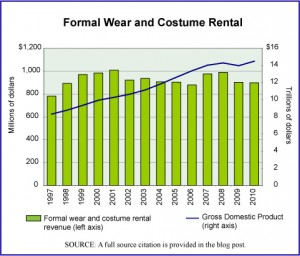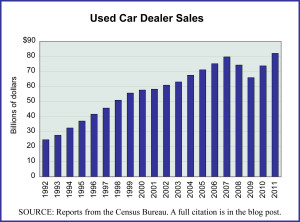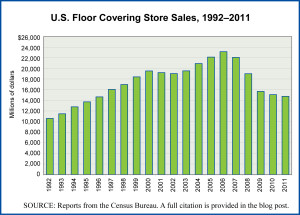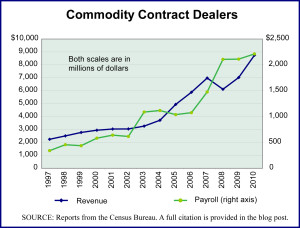The long political campaign season is finally over in the United States. One of the striking aspects of this year’s campaign cycle was the seemingly endless supply of new polling data, from multiple sources on a daily basis.
Today’s market size is the size of the revenues for the polling services industry in the United States, in 2002 and 2010. The industry is defined, within the North American Industrial Classification System, as follows: “This industry comprises establishments primarily engaged in systematically gathering, recording, tabulating, and presenting marketing and public opinion data.” Its industry code is 541910. The sorts of services provided by this industry include:
Broadcast media rating services
Marketing analysis services
Marketing research services
Opinion research services
Political opinion polling services
Public opinion polling services
Public opinion research services
Statistical sampling services
Geographic reference: United States
Year: 2002 and 2010
Market size: $10.89 billion and $16.74 billion respectively
Source: “Table 6.1. Professional, Scientific, and Technical Services (NAICS 54) – Estimated Revenue for Employer Firms: 2002 Through 2010,” 2010 Service Annual Survey, February 2, 2012, available online from the Census Bureau’s website.
Original source: U.S. Department of Commerce, Bureau of the Census
Posted on November 9, 2012





